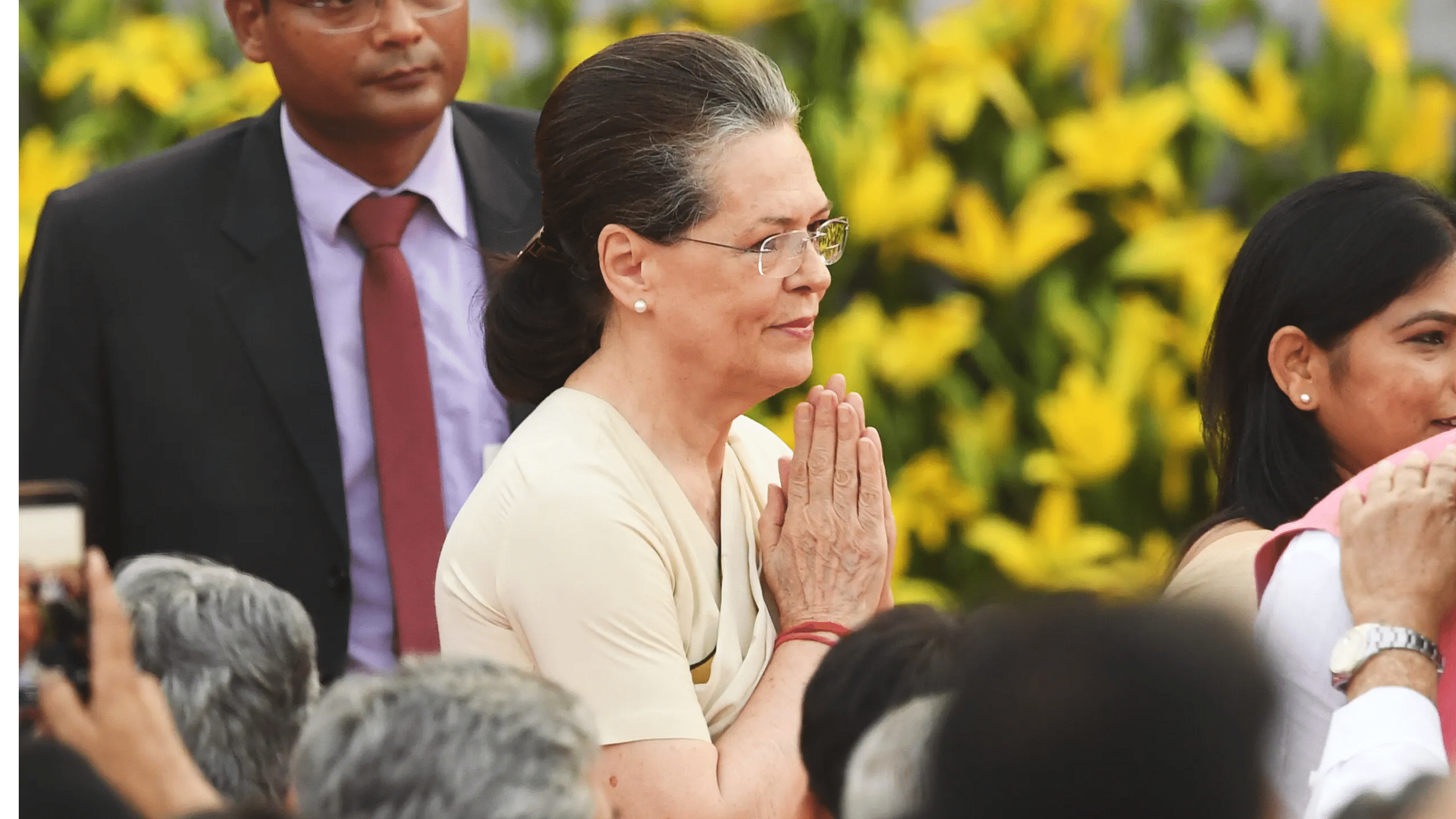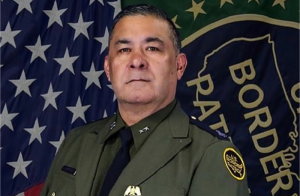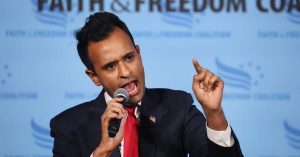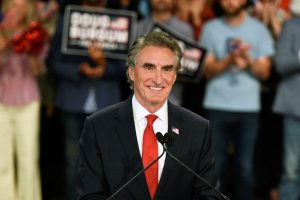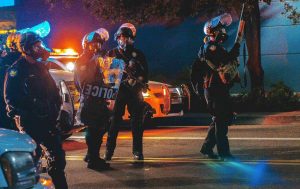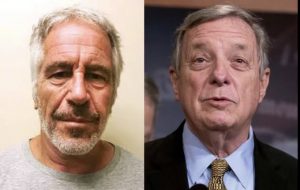The Congress may get a new president today, may be another Gandhi, or may be a non-Gandhi this time, but either way the dynamics are likely to remain unchanged for the ruling the BJP, and for PM Narendra Modi. The power at the Centre still seems to be a distant dream for the Congress, in fact for the not-so-united Opposition combined.
Reason? Narendra Damodardas Modi.
The popularity of the Prime Minister is at an all time high, if we were to go by the polls conducted by The India Today that says “66 per cent of the people believe that Narendra Modi should be the next prime minister of India.
ALSO READ: List of senior leaders who wrote letter to Sonia Gandhi
Interestingly, the Ladakh crisis, over three million coronavirus cases in India and the declining GDP, none of it could change the mood of the nation. Is PM Modi invincible? No, but one question that you will get to hear from the majority of voters: Is there a better alternative to Modi?
Well, from where I see, none for now. And, there are the possible 5 reasons why PM Modi seems undefeatable:
Congress’s Family obsession
The grand old party could not keep its flock together and completely bowed before the Family, rejecting the decades of democracy in the party that was intact till about 1975 when Indira Gandhi announced that her son, Sanjay Gandhi would be her successor. He later died in an accident in 1980. After the tragic demise of Indira Gandhi in 1984, it was her younger son Rajiv Gandhi – a pilot – who stepped up to lead the party and then his wife Sonia Gandhi, who became the party president seven years after his assassination in 1991.
During her tenure as the party president, she failed to keep the party united; hence the formation of the Nationalist Congress Party, and the YSR Congress, which between them have almost as many MPs as the Indian National Congress. Then in December 2017, Sonia Gandhi gave up the post of party president for son Rahul, a seemingly reluctant politician and absolutely no-match for Modi. Rahul Gandhi formally resigned late last year, holding himself responsible for the party’s Lok Sabha poll debacle.
Gandhi’s decision sent senior Congress leaders into a huddle, who started looking for a new leader and ended up with Sonia Gandhi, again. A brief respite for the Congress came with the party winning three states – Rajasthan, Madhya Pradesh and Chhattisgarh.
ALSO READ: Gehlot, Pilot, Bhagel, Amarinder…: As expected, ‘Gandhis must lead’ clamour grows
However, the infighting among the regional leaders and the alleged not-so-approachable high command led to Madhya Pradesh going to the BJP, and also the key party leader Jyotiraditya Scindia. The other state, Rajasthan was almost gone when the top leadership intervened and brokered a peace, at least for now. And today, the party is yet again looking for a new party chief, possibly.
A narrative – PM Modi vs Who?
The Opposition unity could help, but there will still be the hurdle: who is their candidate? The Opposition on several occasions tried to put up the united face, briefly probably for a photo op. However, they could never come together to put up a collective challenge before PM Modi, who runs a presidential campaign – a Modi campaign rather than a BJP campaign. The narrative – Is there a better person to lead the nation? Who is the united opposition’s candidate? Silence, and the unity derails because most in the opposition aspire for the top post. The fact, however, is that no regional satrap has the ability to project him or herself as a pan-India leader against Modi, and together they are not ready to throw their weight around one candidate.
Narendra Modi remains Narendra Modi’s greatest USP
From 2007 to 2019, Modi has turned every Opposition barb on him into an opportunity to gather public support. Be it Sonia Gandhi’s “Maut ka Saudagar” remark, Mani Shankar Aiyar’s “chaiwala” jibe or Rahul Gandhi’s “Chowkidar Chor Hai”, the master orator that Modi is, has sure made these leaders regret their remarks, albeit secretly. This penchant of Modi to liken him with the people hasn’t changed. During the campaign for 2019 general election, PM targeted the opposition saying, “Wo kehte hai Modi hatao, mein kehta hu bhrashtachar hatao (they say remove Modi, I say remove corruption)” and added that “They (opposition) are not fighting Modi; they are fighting the people of this country.” The impression that the Prime Minister created was that the contest was ‘Modi versus the rest’ and it worked because PM Modi returned to power with a much bigger majority. He, however, seemed to have borrowed this narrative form former Prime Minister Indira Gandhi, who had given the slogan – “Wo kehte hai Indira hatao, me kehti hu garibi hatao (they say remove Indira and I say remove poverty)”.
Not-so-stable coalitions vs full majority government
The ruling BJP and PM Modi will inevitably remind voters of the unstable coalitions that ruled India for nearly three decades and the massive corruption that followed. Unlike the Opposition that is often not on the same page on several issues, the Modi-led NDA will mount a uniform campaign across India in the name of PM Modi, his promises and deliveries. Like Balakot in 2019, this time the BJP would have a long list of ‘done deals’ like Article 370, Citizen Amendment Act, Ram Mandir, and counting. On the contrary, the opposition may not be able to come together with a pre-poll seat-sharing, a common agenda, common slogan, and a common line of voter persuasion.
Fence-sitters
There are many political leaders like KCR of Telangana Rashtra Samithi and Jagan Mohan Reddy of YSR Congress, who are in support of the opposition’s unity, but from a safe distance. The BJD is following the same path.
For a healthy democracy a stable opposition is must. However, overwhelmingly unlikely, if not impossible, that the First Family of the Congress can provide it.

